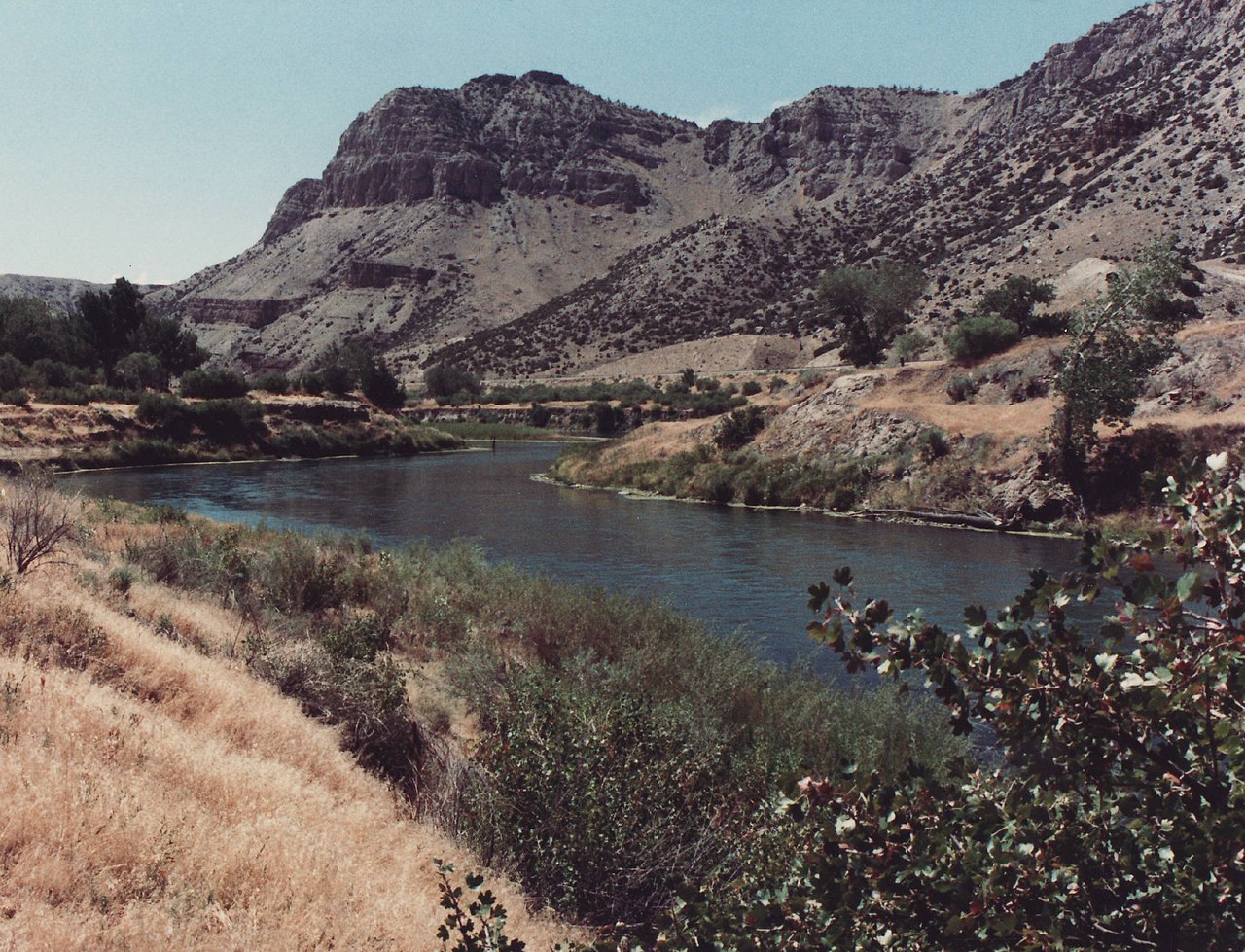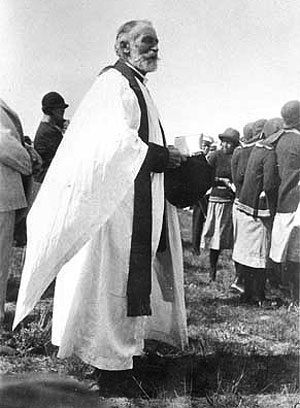
(I just published Volume 3 of my collection of blog-posts. It begins like this:)
In the 15th and 16th centuries, superstitious people might have warned an explorer, sailing west from Europe, that he was doomed to fall off the edge of the world. At the very least, they might have said, the explorer and his sailors would suffer horribly and never be seen again… For all the grim warnings, nobody could have predicted that the explorers would not sail off the edge of the known world, but into an entirely new one. (E.A.)
Track 1, Disc 1, The Modern Scholar: Journeys of the Great Explorers.
That’s what this blog is all about. Finding that entirely new world…
I’m not saying that the Bible is just another set of superstitions, or a handbook on methods of social control. And I’m not saying that after you read the Bible, you’re supposed to shape yourself into another “carbon copy Christian.” (Or “just another brick in the wall.”)
There are a lot of people who seem to use the Bible for just those reasons, but I’m not one of them. I see the Bible more as a tool of liberation. I see the Bible as a “pair of spiritual wings.” (See Isaiah 40:31.) It’s a set of spiritual wings that can take you to wonderful places and experiences that you’ve never dreamed of.
So the idea behind this blog is: Reading the Bible can lead you into that Whole New World.
Or as I said in the Intro page, you might consider the Bible as a vast, unexplored, new continent. Just like the one Lewis and Clark opened up, starting in May 1804.
* * * *
As noted, I just published Volume 3 of my collection. (To order a copy, see For a book.)
Now, about the image above. I got it – and the “15th century” text – from The Blog. That page talked about blogs in general, including a citation to Blogging For Dummies. “BFD” said that at its most-basic level, “a blog is a chronologically ordered ordered series of website updates, written and organized much like a traditional diary.” (Emphasis added.)
This blog – my own diary – has grown and expanded since May 2014, when I first started. It’s been a learning experience, but that’s not surprising. After all, the Bible is “the most influential, the most published, the most widely read book in the history of the world…”
I published Volume 2 of this book-collection of blog-posts back on August 16, 2014. Volume 1 included my first 13 posts, up to and including On “Titanic” and suspending disbelief. Volume 2 began with On Jesus: Liberal or Fundamentalist? It went on for a total of 12 posts and ended with On “Patton,” Sunday School teacher and On the readings for June 1, subtitled “On liberally interpreting ‘Sabbath day’s journey’.”
Since publishing Volume 2 last August, a lot has happened. For one thing I’ve clarified that long-sought “true test of faith” that I’ve been looking for. Under that true test of faith, even if I get to the end of my life and find out that my faith is based on a hoax, it won’t matter.
Unlike the false Christian, I hope I wouldn’t be outraged. I wouldn’t say, “You mean I could have spent my life partying? Boozing it up? Chasing women? Boy am I angry…” I hope to say – if I learn my faith is some kind of cosmic practical joke – “You know, I wouldn’t change a thing.” (See also Why I’d Still Believe In God Even if the Bible was a Fairytale.)
I wrote about that “wouldn’t change a thing” revelation in the post-column, Ash Wednesday and a True Test of Faith, posted on February 20. In turn, I wrote that column in response to a reader comment on Oscar Wilde and Psalm 130.
One reader – “Harpo” – quoted Oscar Wilde: “People fashion their God after their own understanding. They make their God first and worship him afterwards.” Harpo went on to say there are “thousands and thousands of Gods, and nearly as many religions.” He then said the fact that “an adult would continue to hold on to this last childhood fable [God] when there is no more evidence [of God’s] existence than the other [fairy tales], bewilders the thoughtful and scientific mind.” I responded, in pertinent part:
I agree that there are way too many so-called Christians who use the Bible and their faith as an excuse to close their minds… I’m working on a new post, “The true test of faith” (or some title to that effect). The punch-line will be how two different Christians might respond if they died and found out – as you say – that there is no God and no after-life.
But we’re getting ahead of ourselves. . .
* * * *
As noted, I ended Volume 2 with a post on a liberal interpretation of the term “Sabbath day’s journey.” That is, I noted that “from the time of Joshua to the time of Jesus, the distance a devout Hebrew could travel on the Sabbath was gradually and continually expanded.” See The readings for June 1. I wrote that to counter the idea you must read the Bible conservatively.
I began Volume 3 with On Jesus in Hell…
Continued in Reflections on Volume 3 – Part II

The upper image is courtesy of tmrichmond3.net/2014/02/07/here-be-dragons, a blog where the blog-bio notes: “I am the pastor at the First Presbyterian Church in Medford, Oregon. I believe that faith should be able to sustain us, not oppress us.” (Emphasis added.)
The lower image is “Christ’s Descent into Limbo, woodcut by Albrecht Dürer (circa 1510),” courtesy of Christ’s Descent into Limbo by Dürer – Wikimedia.
A full citation: Aladdin – A Whole New World (HQ 1080p HD) – YouTube.
Re: “Social control.” See Wikipedia, the free encyclopedia, which added that the term is defined as “the regulation of individual and group behavior in an attempt to gain conformity and compliance to the rules of a given society, state, or social group.”
A full cite: Lewis and Clark Expedition – Wikipedia. See also National Geographic: Lewis & Clark:
When Thomas Jefferson dispatched Lewis and Clark to find a water route across North America and explore the uncharted West, he expected they’d encounter woolly mammoths, erupting volcanoes, and a mountain of pure salt. What they found was no less surprising.







 Jesus, tempted in the wilderness during His own “40 days…”
Jesus, tempted in the wilderness during His own “40 days…” 


